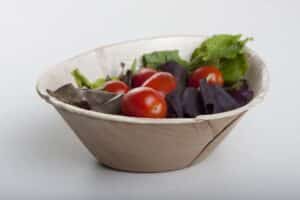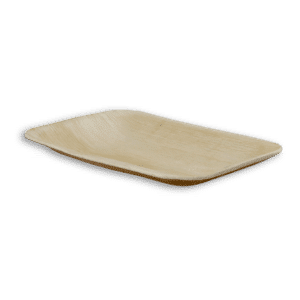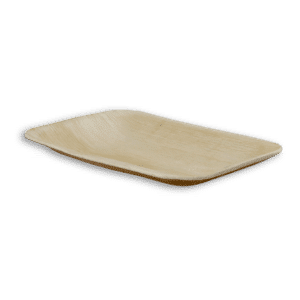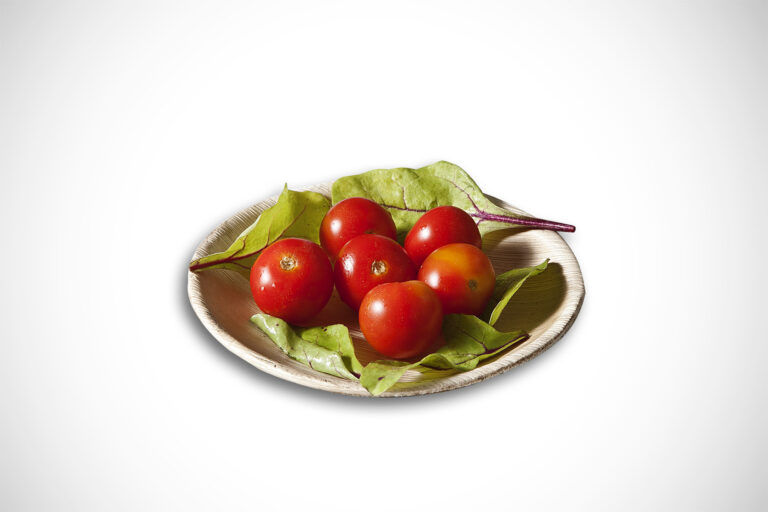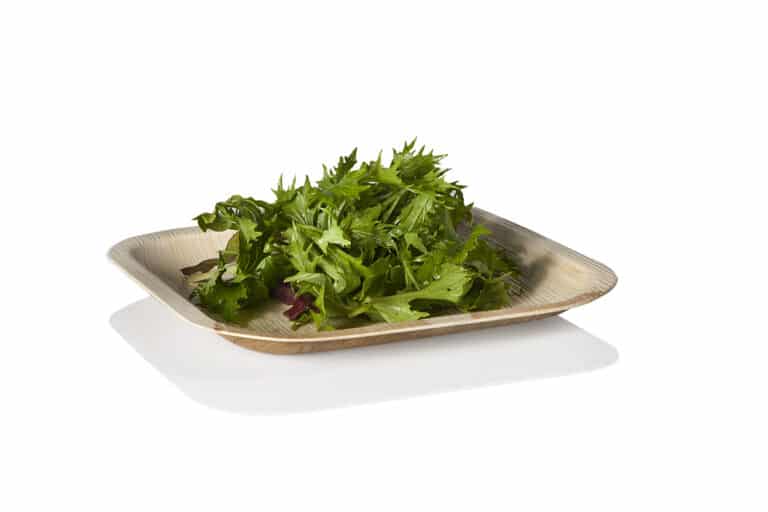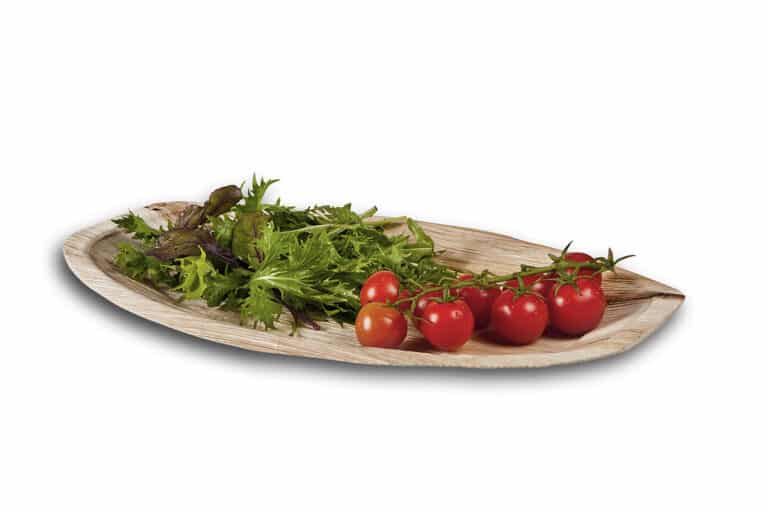In general
On any plate food is served. On your wedding day, in parties, in business events, in any family gathering, at school and basically anywhere. We prefer that the plates we use will be elegant, durable and comfortable to use. This principle of course is when we use any kind of plates. Ceramic plates, plastic and paper disposable plates and eco-friendly and sustainable plates.
We are sure all of us by now know the importance of using eco-friendly materials and plates.
We are almost sure all of you know that Areca leaf plates are the best eco-friendly and sustainable plates that are found in the market these days.
If you choose an eco-friendly plate, in particular, Areca leaf plates, you are a sustainable person. You understand the importance of saving our planet and leaving a better world for the next generations.
So now that you are eco-friendly with the plates, lets see how to be eco-friendly and sustainable with the food served on them
Meat/plant based – some numbers
Meat accounts for nearly 60% of all greenhouse gasses from food production. The global production of food is responsible for a third of all planet-heating gasses emitted by human activity. The use of animals for meat causing twice the pollution of producing plant-based foods.
The raising and culling of animals for food is far worse for the climate than growing and processing fruits and vegetables.
The use of cows, pigs and other animals for food, as well as livestock feed, is responsible for 57% of all food production emissions. And only 29% coming from the cultivation of plant-based foods. The rest comes from other uses of land, such as for cotton or rubber. Beef alone accounts for a quarter of emissions produced by raising and growing food.
Grazing animals require a lot of land, which is often cleared through the felling of forests, as well as vast tracts of additional land to grow their feed. Livestock also produce large quantities of methane, a powerful greenhouse gas.
The difference in emissions between meat and plant production is clear – to produce 1kg of wheat, 2.5kg of greenhouse gasses are emitted. A single kilo of beef, meanwhile, creates 70kg of emissions.
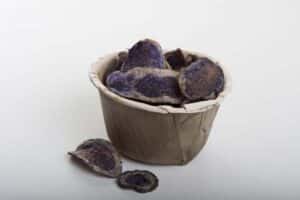
An example
To make just one meat burger we need to use 200 liters of water, 3 kilos of grains and fodder for the cattle, 7 sqm of edible herbaceous crop for cattle and 1036 units of fossil fuel. This is equal in energy level to the operating capacity of a microwave for about twenty minutes.
To make one plant based burger we need to use 19 liters of water and the carbon footprint of a burger is only 0.75 kg Co2e per burger and the greenhouse gas emissions are 13 times lower than a beef based burger.
Plant based – some uncertain facts
The problem with plant-based products, generally speaking, is that while they may be fixing one problem, combating the fact that growing meat is very carbon intensive and emits a lot of carbon dioxide, depending on the ingredients and where they are sourced from, you could still be involved in deforestation issues. You still need the space to grow the soy that is in many of these products.
Legumes
Legumes — a class of vegetables that includes beans, peas and lentils — are among the most versatile and nutritious foods available. These legumes are typically low in fat, contain no cholesterol, and are high in folate, potassium, iron and magnesium. They also contain beneficial fats and soluble and insoluble fiber.
Just as they are good for us, beans, lentils and peas are also good for the environment. As they work with bacteria that convert atmospheric nitrogen into useful ammonia or nitrates, legumes actually improve soil fertility and reduce dependence on energy-intensive fertilizer.
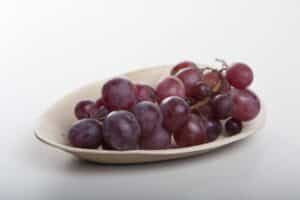
So what to put on your plate?
It is quite sure that meat is harmful for the environment.
Still uncertain how less harmful for the environment are plant based products.
Indeed it is known and sure that legumes and vegetables are much less harmless for our environment.
Also known, is that the food you choose should not be served on plastic or paper disposable plates no matter what kind of diet you follow.
No conclusions, just thoughts
How many measures in total would have been saved for the US for a week if indeed every American had given up his meatball only once a week? 134 million burgers would have been saved for this huge industry, which would have saved about 407 million kilograms of food for cattle and about 265 billion liters of water.
Our thoughts are that all of us must think much more before purchasing or eating anything. We need to check the origin of the product or food. Then we need to look at the packing and the materials it is made from and is it sustainable? Maybe it is only compostable? Or maybe only recyclable?
Do we really need the product? Is there a better similar product made from other materials?
Or shortly saying we always need to follow the 5 R’s – Refuse, Reduce, Reuse, Repurpose and Recycle.
What we are trying to say is that today there are so many parameters and issues regarding what to eat and what to not eat. What to buy and what not to buy. So at the end the most important factor is to have a good common sense and not go to extremes.
For sure a sustainable product is better than one that is just recyclable. For sure vegetables and legumes are better than plant based products and meat.
So we are sure that if you use sustainable plates such as Areca leaf plates, you better put sustainable food on them. Or at least reduce the amount of times you put meat or processed food. If your plates are sustainable and compostable, what about your food then?
